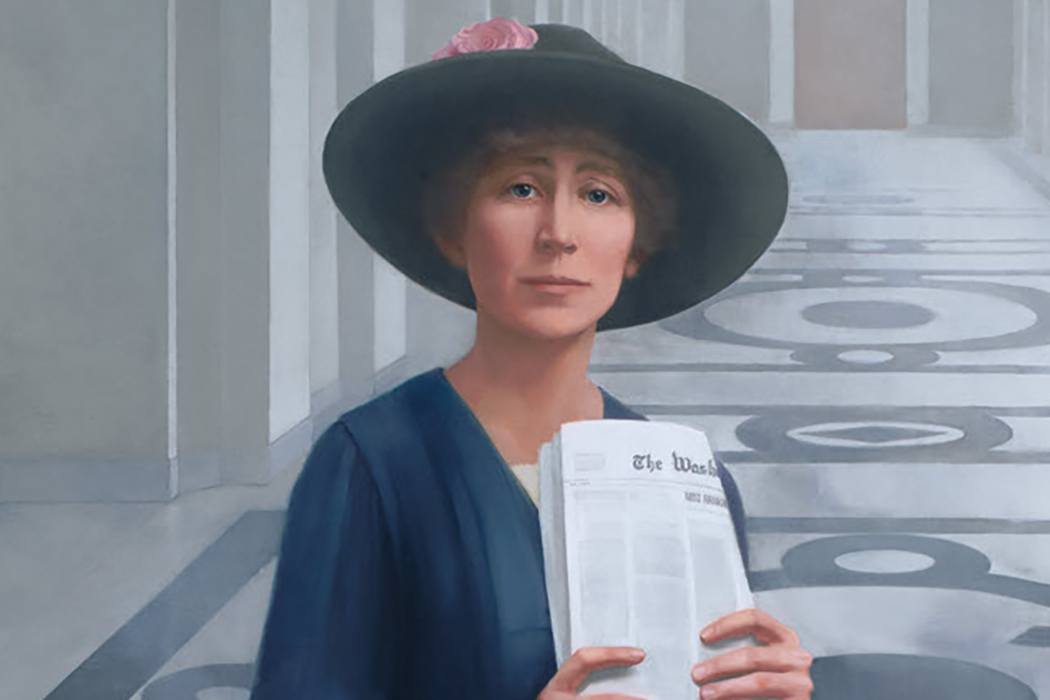Jeannette Rankin was a trailblazer—the first woman to speak before the Montana state legislature, an instrumental part of winning women’s suffrage, and the first woman to become a member of the U.S. House of Representatives. On the 100th anniversary of her first day in Congress, it’s worth remembering that she once tried to outlaw war.
As Harriet Hyman Alonso explains, Rankin once headed the Women’s Peace Union, a group that waged a 17-year-long battle for a Constitutional amendment banning war. Overwork and frustration had beset the group’s founding members, largely middle-aged suffragists who, in the words of Alonso, “simply did not trust younger, untrained activists to carry on.” The terms “founder’s syndrome” or “burnout” didn’t exist at the time, but the group knew it needed a new leader.
They decided on Rankin, who had proven herself in suffrage and government. During her time in the House, she was one of 50 people who cast votes against America’s entry into World War I. She was mercilessly mocked and reviled for that public stand.
By 1929, when Rankin was recruited to head up the WPU, she had been out of the House of Representatives for nearly a decade. A busy lobbyist, she advocated for progressive issues like federal funding for prenatal care and anti-child labor laws. She was apparently thrilled to join the WPU—so thrilled that she didn’t set specific terms for her employment there.
Rankin immediately set out to garner support for the war-banning amendment. She lobbied senators, spoke in front of state legislatures, and spearheaded letter-writing campaigns. But all was not well at the WPU. Rankin rankled other WPU members by referring to herself as “I” instead of using “we” to refer to the larger organization. She was chastised for appearing to support an arms reduction agreement (the result of a misquoted speech). And she didn’t consult with other committee members when working with one senator, putting their hard-won relationship with the senator at risk.
And then there were the personality conflicts. “Rankin did have a reputation for throwing temper tantrums,” writes Alonso, and one may have alienated her from Mary Orr, a critical member of the group. Orr was so incensed by some interaction with Rankin that she resigned from the group. That was the last straw. The WPU’s working committee decided not to renew Rankin’s contract—a decision that Rankin apparently welcomed.
Why does Rankin’s short-lived flirtation with the WPU and their anti-war amendment matter? For Alonso, it’s a chance to hone in on Rankin’s personal convictions—views that embraced the idea of peace, but also resistance. It also offer insight into one of the suffrage movement’s later incarnations and, possibly, the issues that Western suffragists like Rankin had fitting into the East Coast concept of a women’s movement. Rankin may have parted from the WPU, but she later embraced their philosophy. And though the idea of fighting war with laws is long gone, it’s a fascinating glimpse into what once could have been.







